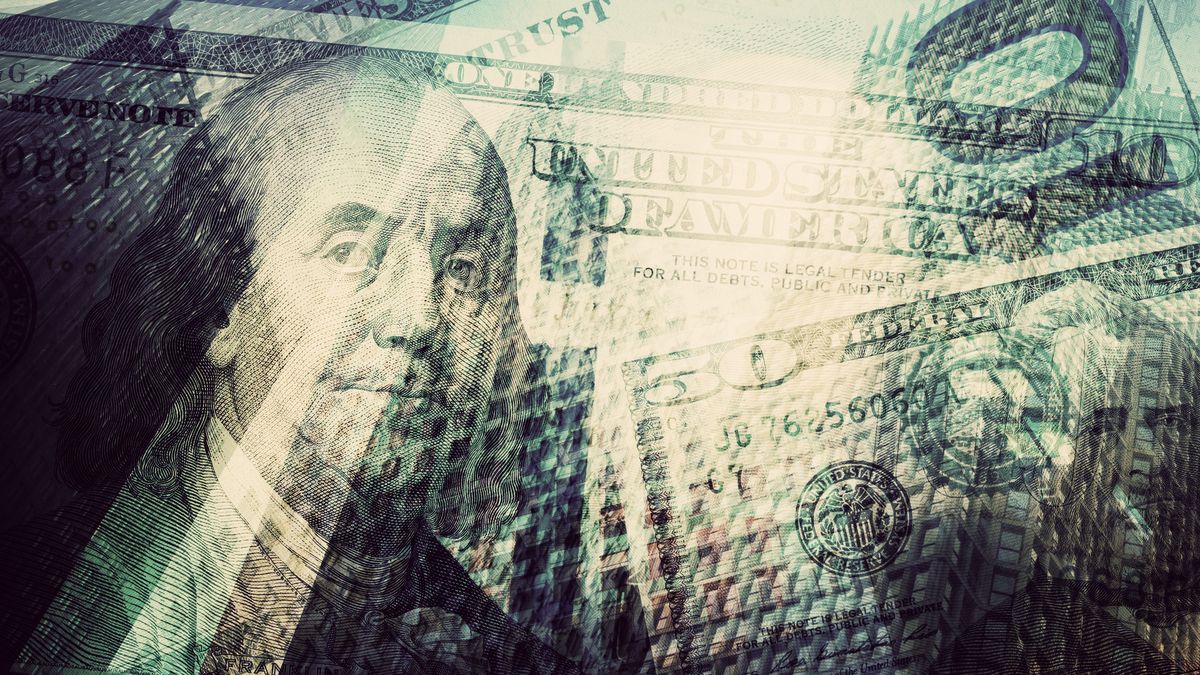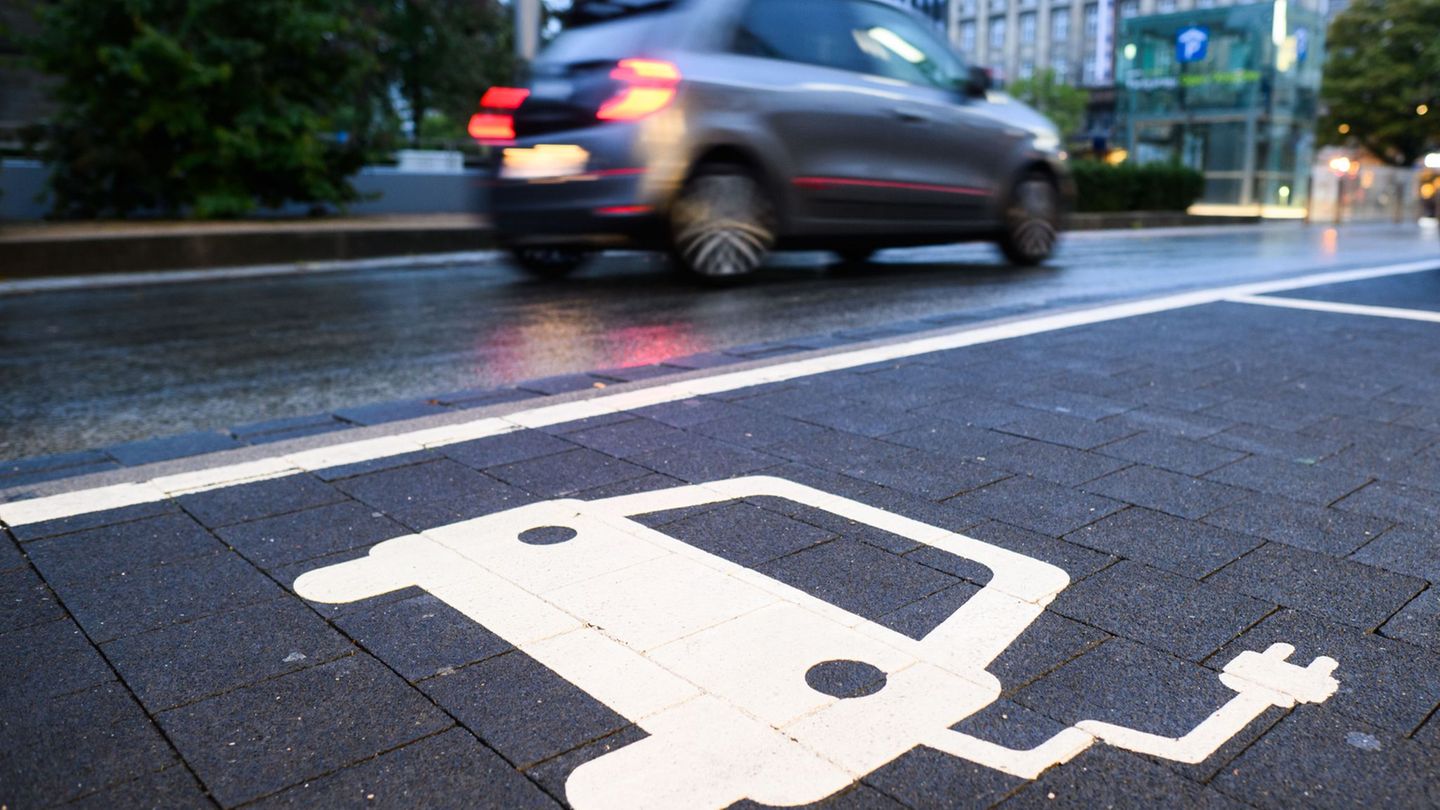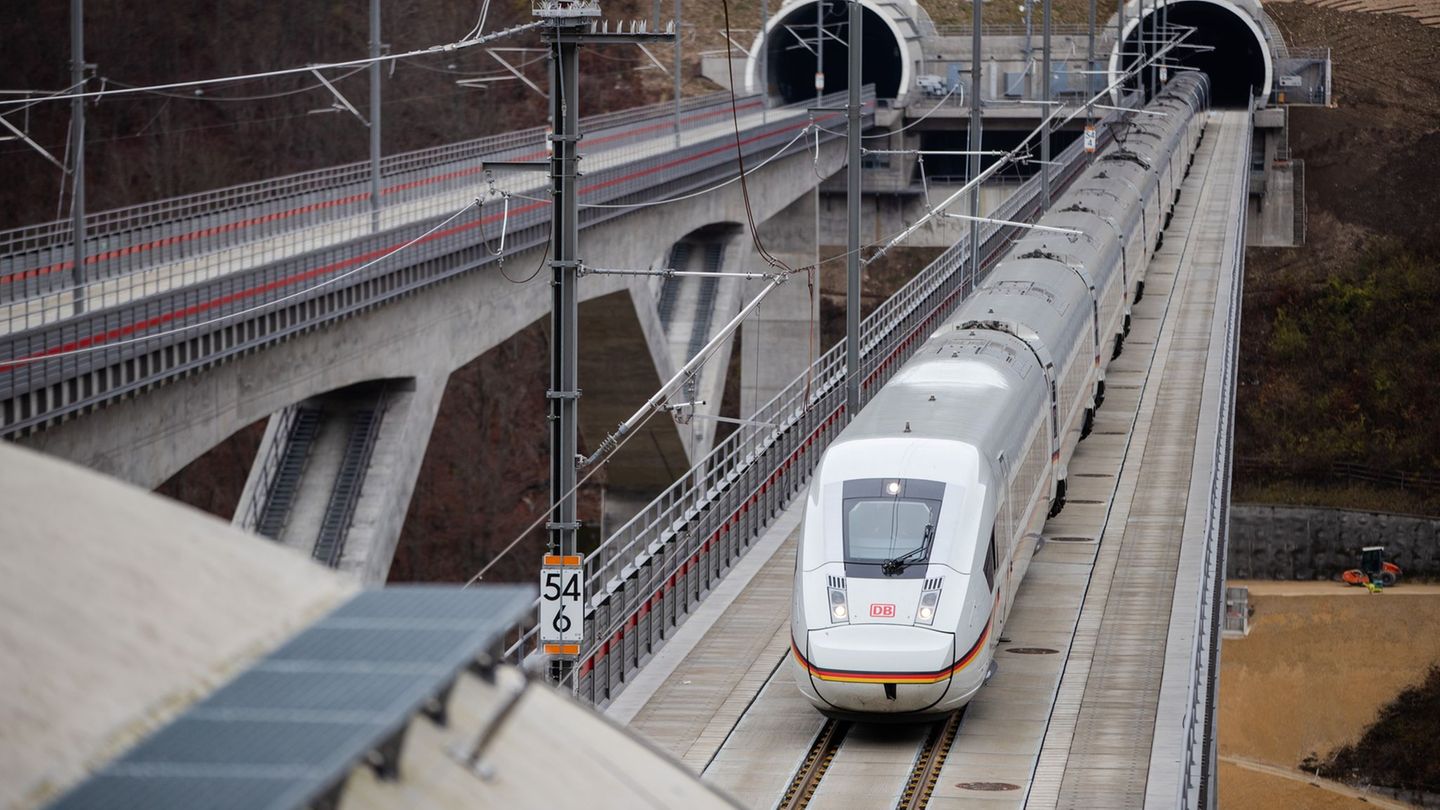Meanwhile, the MEP -also valued with the Global 2030- rebounds a slight 0.1%, after the drop of the previous day, to settle at $208.20, although the gap remains stable at 81.3%. due to the rise of the wholesaler.
After falling more than $40 between the end of January and the beginning of April, the CCL recovered more than $20 as of last week, due to several factors: the pressure of inflation on the rest of the variables in nominal terms, some doubts about the fulfillment of the goals with the International Monetary Fund (IMF) and a level of accumulation of reserves lower than expected for this time of year, crossed by the heavy harvest of soybeans and corn.
“Inflation was high and expectations are bad. There is an awakening due to the demand for dollars and therefore the exchange variation,” summarized the economist María Castiglioni.
At the beginning of this week it transpired that the Government is finishing adjusting the amounts for which there could be exchange of fiscal data between the foreign exchange investors that operate CCL, which in the opinion of operators is another obstacle that plays against the devalued peso.
In this context, “carry trade” operations (which consisted of taking advantage of the yields on securities in pesos, fundamentally those indexed to inflation, in order to later buy cheaper dollars) seem to have lost their appeal.
For its part, Adcap Grupo Financiero recommended in dialogue with Ámbito to close the trade, mainly due to the fragility of the BCRA in terms of dollar accumulation.
“After the jump in the CCL seen last week, we believe that the gap can continue to rise but perhaps with less momentum since it will have to compete against the high accrual of inflation-linked bonds,” the entity estimated.
Added to the previously mentioned factors is an unfavorable international context, marked by strong risk aversion due to the lockdowns in Chinese cities, the war in Ukraine, and the upward trend in interest rates in the US. As a consequence, the US dollar strengthens against the rest of the world’s currencies.
official dollar
The official wholesale exchange rate rises 16 cents this Tuesday to stand at $114.84under the strict regulation of the BCRA.
A few days before the end of the month, the monetary authority was able to accumulate some US$215 million in net terms in April. The market expected a larger result, taking into account the foreign currency income that usually occurs at this time from grain exports.
“In the last three rounds, gross reserves fell US$501 million to US$42,637 million, despite the fact that the Central Bank bought US$85 million in the official market from Thursday inclusive,” said the consulting firm Delphos Investment.
“The unexpected devaluation of the yuan affected the value of gross reserves, since the swap with China explains slightly less than half of the assets,” the entity said.
For its part, the retail dollar -without taxes- increased 32 cents to $120.10, according to the average in the main banks of the financial system. In turn, the retail value of the ticket at Banco Nación operates unchanged at $119.50.
Thusthe savings dollar or solidarity dollar-which includes 30% of the PAÍS tax and 35% deductible of profits- goes up 53 cents to $197.90 on average.
the blue dollar rises for the sixth consecutive day and reaches $210, its highest value in two monthsaccording to a survey carried out by Ámbito in the Foreign Exchange Black Market.
The Casual Dollar jump $4.50 to $210, with which the gap with the wholesale dollar exceeds 82%.
Source: Ambito
David William is a talented author who has made a name for himself in the world of writing. He is a professional author who writes on a wide range of topics, from general interest to opinion news. David is currently working as a writer at 24 hours worlds where he brings his unique perspective and in-depth research to his articles, making them both informative and engaging.




